I recently ran a fun coding club for Year 1 children using Bee Bots with some added science to make the challenges a bit more engaging. You can download the full KS1 Coding Club summary sheet here.
Equipment used:
Bee Bots
Ramp – these reversible surface boards would be a great addition.
Blocks and bricks
Magnets
LEGO
Timer
Ramp
Learning Objectives
- Direction and use of directional language – forwards, backwards, through, move, go, turn, rotate, number of degrees in a turn.
- Whole, quarter, half and three quarter turns
- Understand that a computer follows precise commands.
- Ordering a sequence of events.
- Importance of resetting a program or considering what is already programmed.
- To be able to plan and predict the behaviour of a program using logical reasoning.
- To be able to communicate that program to others.
- To discover the effect of friction on speed.
- Work as a team to plan a robot route and solve problems.
- Work creatively to solve problems.
Curriculum links – Maths and Computing
Introduction
Ask children to follow a set of instructions, for example, get up, walk to the door, open door and close door.
Repeat with the order of instructions mixed up to demonstrate why the order is so important.
Discuss how code is a set of planned instructions.
Challenge 1
Items needed
Bee-Bot
Blocks
Tunnels
Ruler
Other non standard items to measure with – for example DUPLO blocks
Goal – each team to get their robot as close to the wall as possible without touching it.
Children to build a wall with blocks, then work as a team to program their robot to get as close as possible to the wall without breaking it.
Children to first calculate the distance the robot needs to travel and how far it travels for a single step, using a tape measure or non standard measuring items.
Challenge 2
Goal – Children to program their robot to navigate through a series of tunnels.
Passage through to include whole and quarter turns, straight through and picking up a block from inside the tunnel. the children loved these special Bee-Bot tunnels from TTS, which are also great for adding maths challenges thanks to the numbers on them.
The tunnels are perfectly sized for Bee-Bots and Constructa-Bots, easy to construct and store, generally a great addition to our ICT resources.
Challenge 3
Items needed
Magnets
LEGO
DUPLO
Goal – to build an attachment on a Constructa-Bot to pick up magnets and move them to a different location.
Challenge 4
Goal – to investigate the effect of friction on speed without allowing the Constructa-Bot to fall off the ramp
Items needed
Ramp
Timer
Children to first work out the number of steps needed to reach the top of the ramp without the Constructa-Bot falling off and then use a timer to record the time taken to reach the top using a smooth surface and carpet surface.
The carpet surface should be slower due to the effect of friction.
Bonus Activity 1
One team of children to design and program a sequence of events to make their Constructa-Bot dance using at least 10 steps.
The children must then find a way to communicate their program to the other two teams so all Constructa-Bots perform the same movements at the same time.
Bonus Activity 2
Children to design a town on paper, and then program their Constructa-Bot to make its way around without crashing or leaving the road.
Challenge – to design a program using the full capacity of 40 instructions
Last Updated on July 21, 2016 by Emma Vanstone

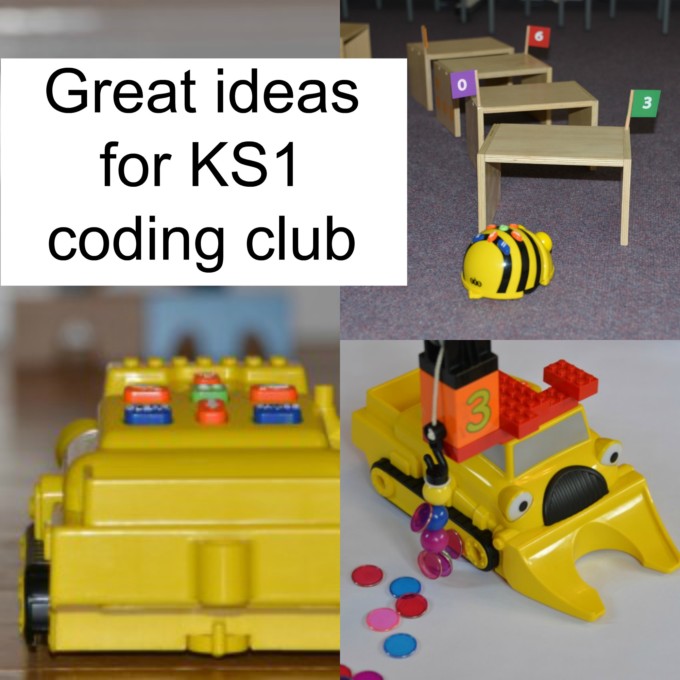
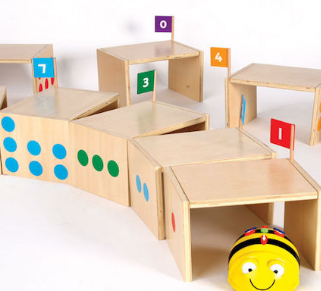
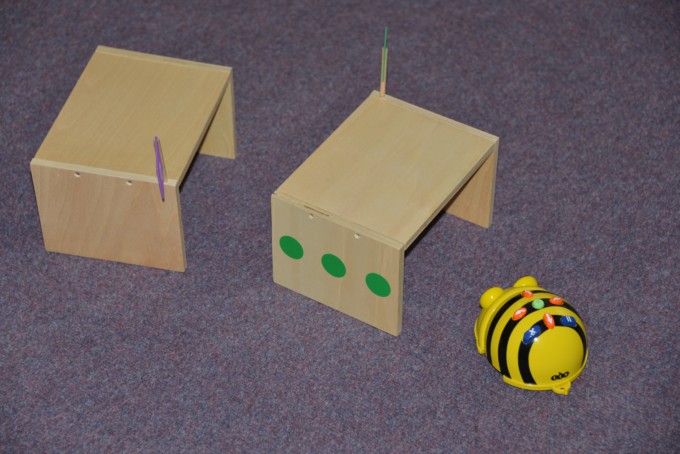
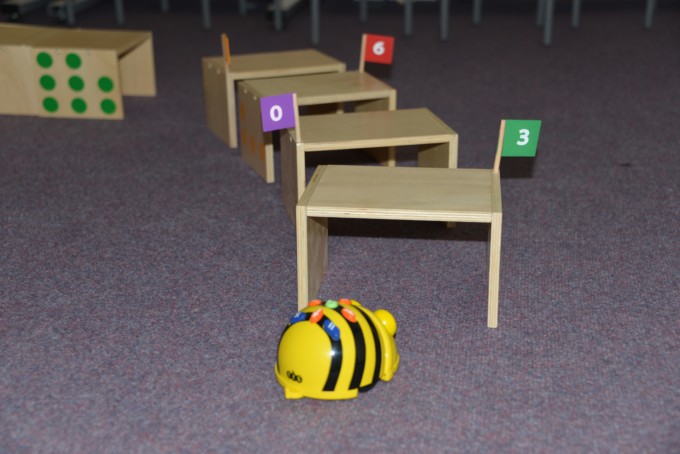
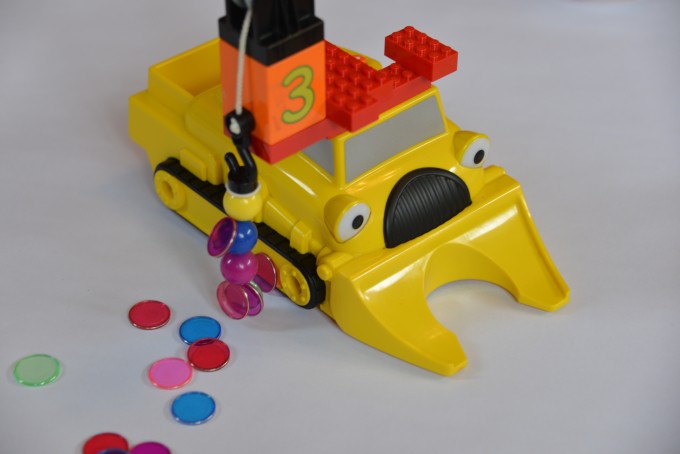
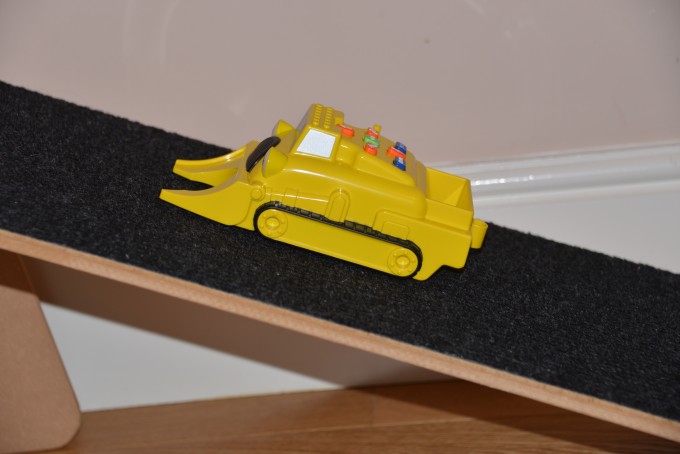
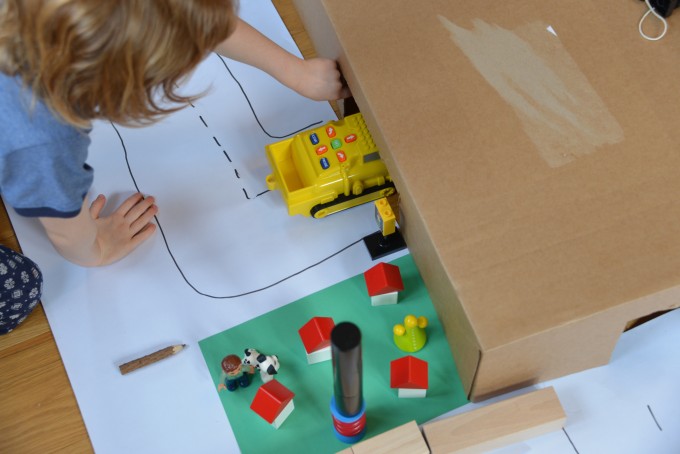
Leave a Reply